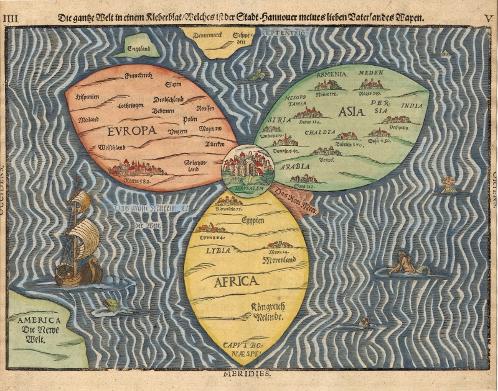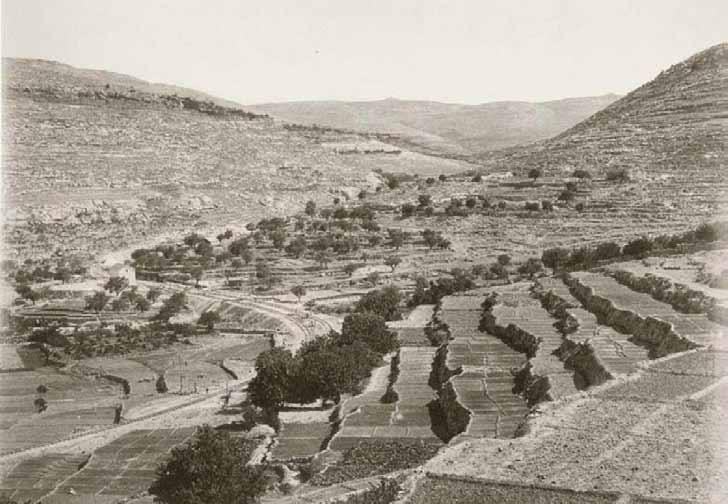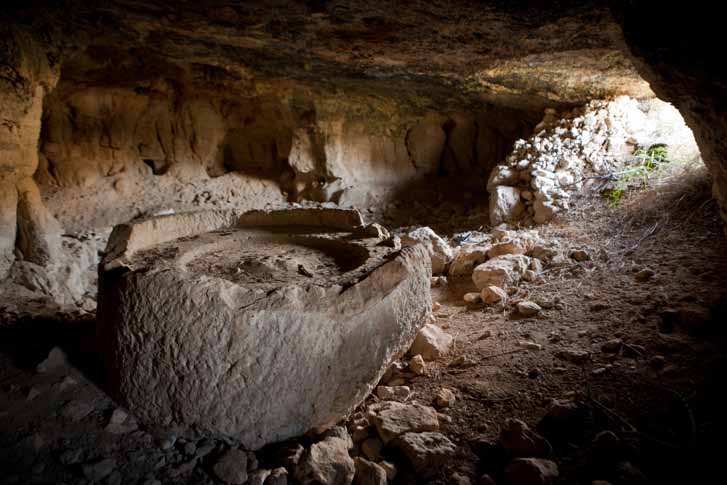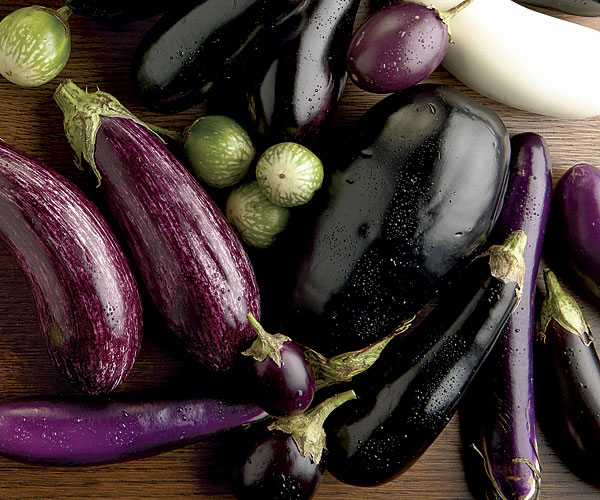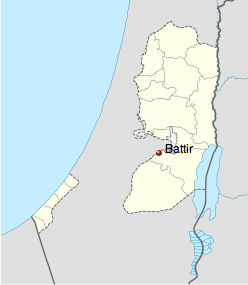The preservation of a 4,000-year-old agricultural system.
The Palestinian people possess an ancient culture with roots that go back nearly 3 millennium. Due to ongoing conflict with current-day Israel, much of the original land that was co-inhabited by the Philistines and Jews, has been destroyed due to extensive war, or now belongs to the country of Israel. Palestine is currently a state within Israel and is not recognized as a nation by much of the world (Sayigh 1999, 625).
Battir is a Palestinian village located in Israel's West Bank, just southeast of the city of Jerusalem. The West Bank is a territory made up of the majority of Palestinian villages in Israel (Encyclopedia Britannica Online 2014).
Battir is also home to a time-honored agricultural site that is managed by just eight main families, whom are striving to protect what their ancestors' have passed on (UNESCO World Heritage Centre 2013).
